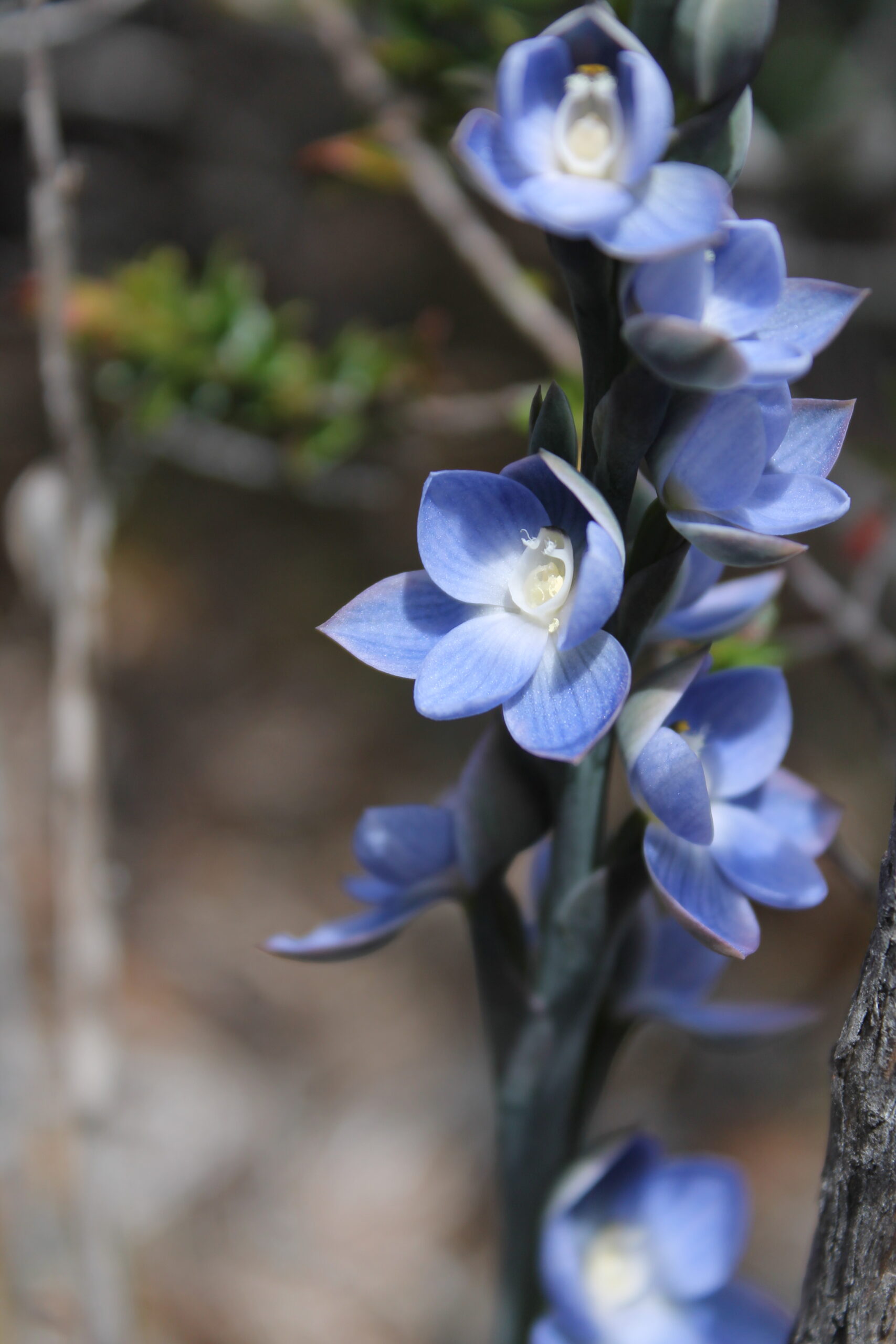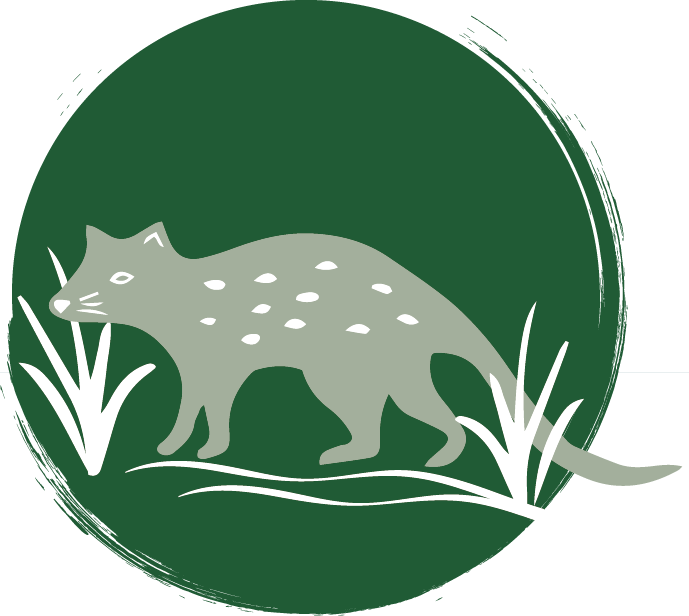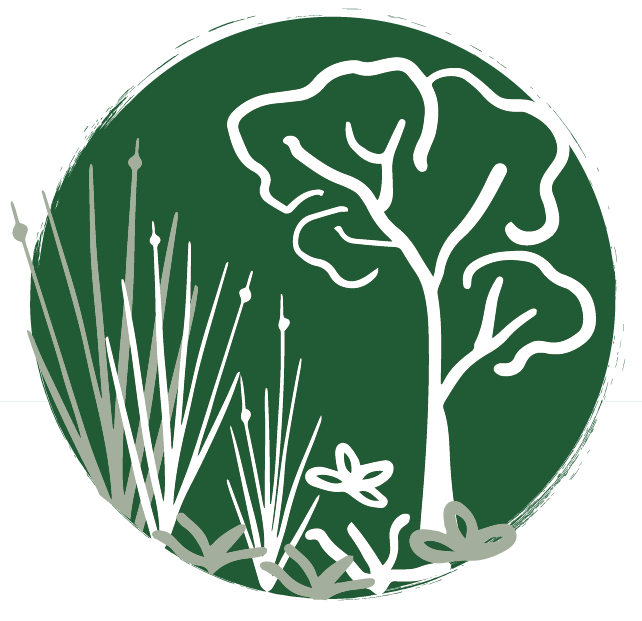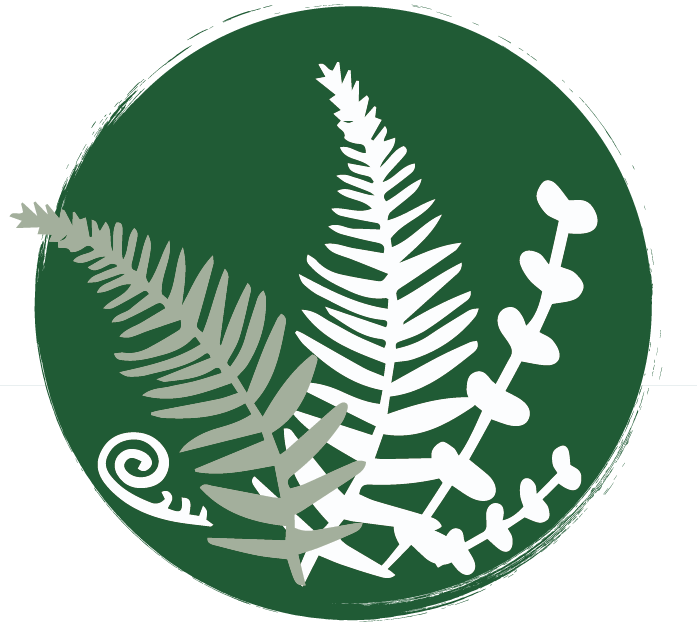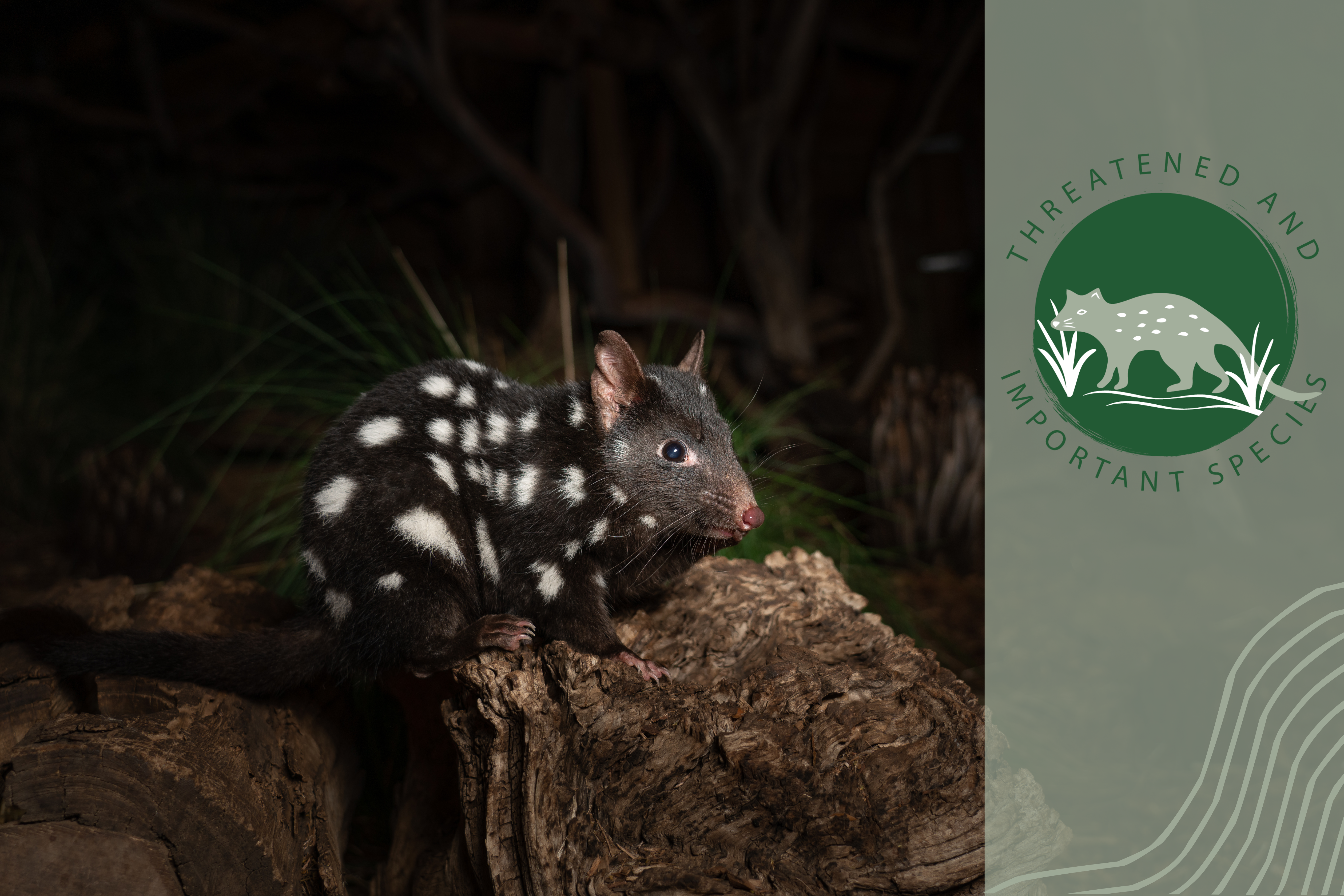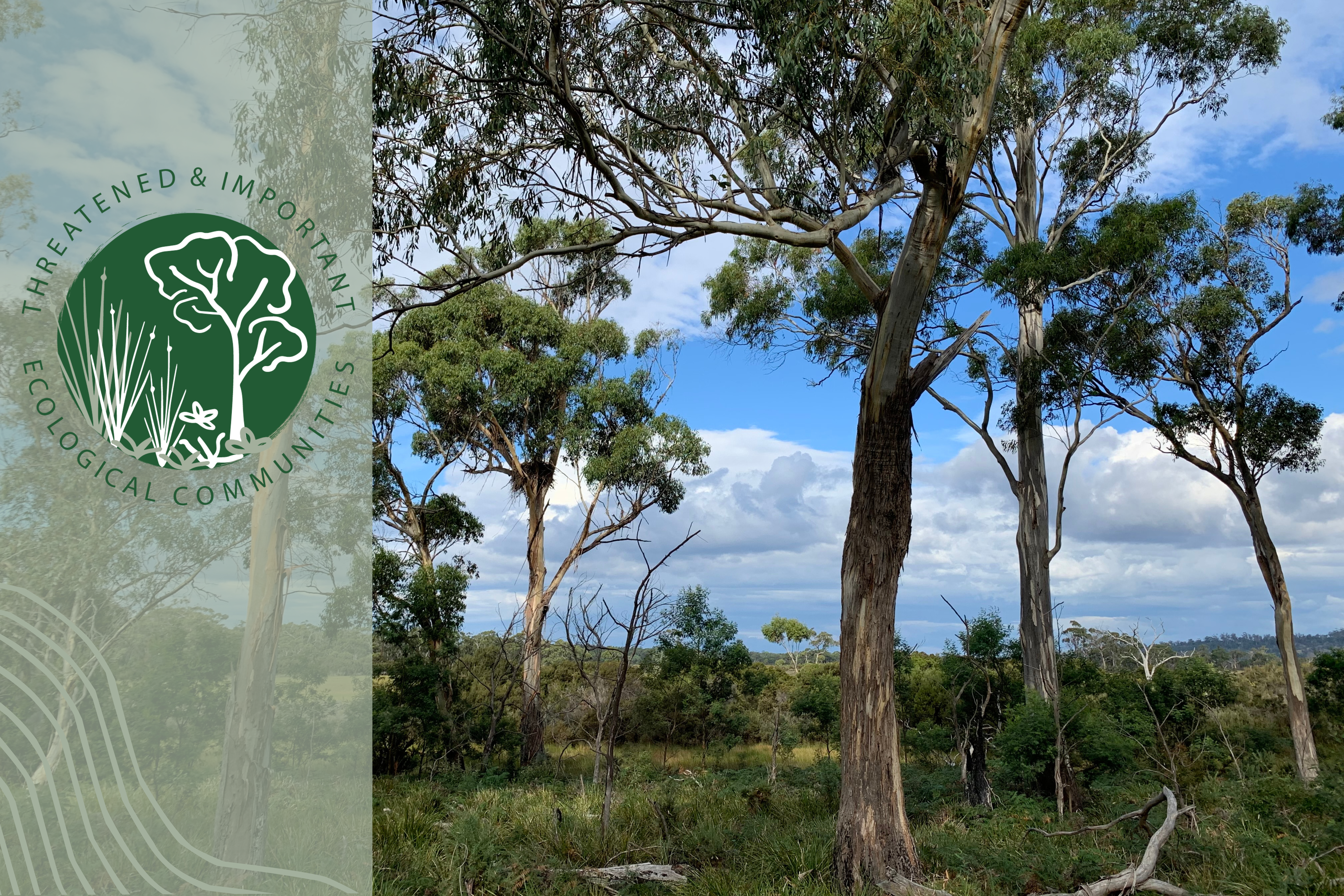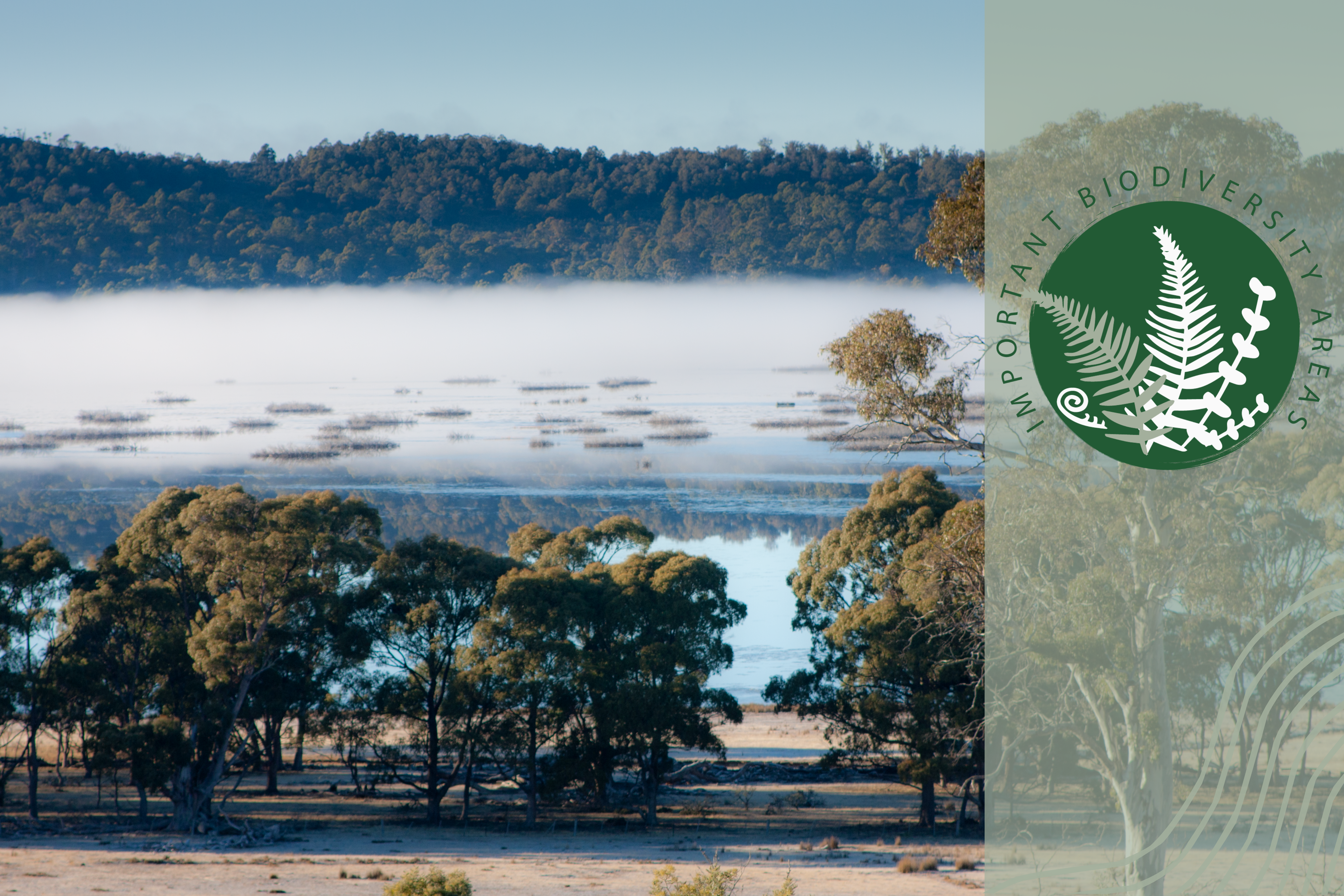Biodiversity
Our Biodiversity assets encompass the full variety of life found in our region, including all species of plants, animals, fungi, microorganisms and the ecosystems in which they live.
A well-functioning ecosystem can support the full complement of its biodiversity, is more resilient to change and contributes to a range of ecosystem services. By contrast, poorly functioning ecosystems lose biodiversity and other resources such as soil, water and nutrients, leading to the local extinction of species.
By protecting and conserving areas that support biodiversity, the diversity of genes, species, communities, and ecosystems is also maintained. It is the suite of species and ecosystems that provide the services for our health and well-being, including clean water, air, shelter, and food.
Many agencies and individuals are working to protect and maintain Tasmania’s high value habitat for threatened species, important biodiversity areas and ecological communities, and we are working with partners to achieve shared strategic outcomes.
A snapshot of Tasmania’s biodiversity assets
42%
Parks and Reserves
7
Commonwealth-listed Communities
39
State-listed Communities
689
Listed Plants and Animals
19
National Parks
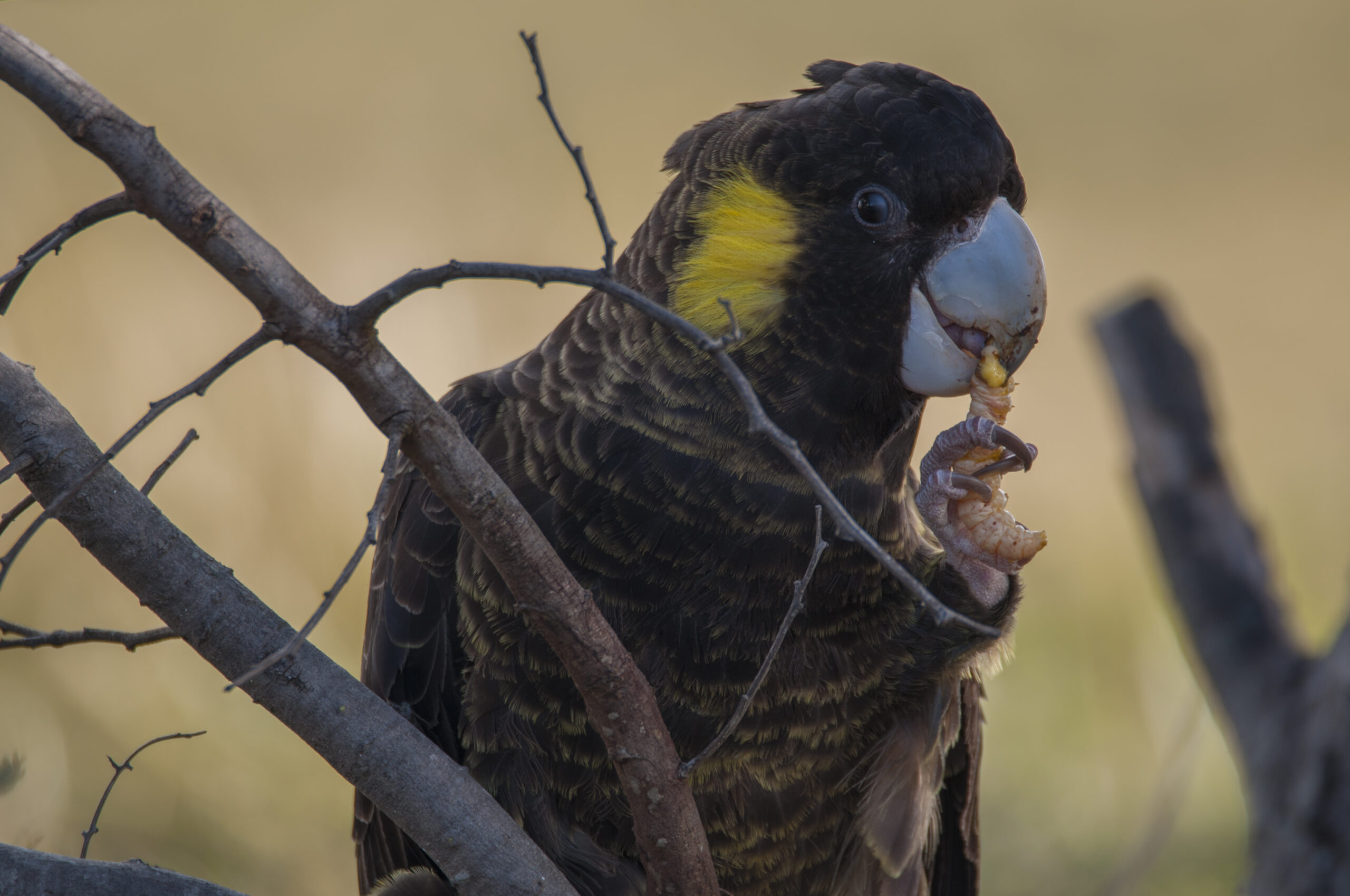
Biodiversity Themes
THREATENED & IMPORTANT SPECIES
‘Threatened species’ includes plants and animals listed under the EPBC Act and Tasmanian Threatened Species Act. ‘Important species’ recognises regionally or locally important species, as well as emerging threatened species.
THREATENED & IMPORTANT ECOLOGICAL COMMUNITIES
Threatened ecological communities include the communities listed under the EPBC Act and Nature Conservation Act. Regionally or locally important and emerging priority ecological communities are also recognised.
IMPORTANT BIODIVERSITY AREAS
Important biodiversity areas are home to diverse plants and animals, and include formally recognised sites such as World Heritage Areas, important reserves, biodiversity hotspots and Key Biodiversity Areas.
Threatened species are defined as being at risk of extinction in their natural habitat. Their ‘listing’ under state or Commonwealth legislation is intended to support their protection. There are more than 680 plant and animal species listed under Tasmania’s Threatened Species Act, most of which are found in the southern region. This includes migratory birds, and many plants and animals that only live in our region.
All native species in southern Tasmania (threatened or otherwise) are facing a suite of often inter-connected challenges. This has seen a decline in the populations of many species, both in number and range.
Through our projects, we are helping to protect many of our region’s native species, with a particular focus on species in decline or needing urgent intervention. By investing in the management of multiple species and the areas in which they live, we are contributing to improving habitat, landscape connectivity and ecosystem health, which will bring broader benefits to even more species.
Over 90% of the vegetation communities identified in TASVEG occur in the south. Covering 76% of the region, these range from alpine vegetation, to rainforests, eucalypt forests and woodland, heath, buttongrass plains, wetlands and grasslands.
Tasmania is home to seven distinct Threatened Ecological Communities, all of which are found in our region. These include Alpine sphagnum bogs and associated fens, Eucalyptus ovata – Callitris oblonga forest, Giant Kelp marine forests of South East Australia, Lowland native grasslands of Tasmania, Subtropical and Temperate Coastal saltmarsh, Tasmanian Forest and Woodlands dominated by black gum or Brookers gum and Tasmanian white gum wet forest.
These communities are subject to impacts such as climate change, habitat loss and degradation, invasive species and diseases. Across our 20 years of operations, NRM South has led projects in each of these threatened communities and continues to support appropriate, informed management of our region’s complex ecological communities, focusing on areas that require immediate attention.
Our region is internationally recognised as having exceptional environmental significance. It is home to thriving river systems and lakes, rich flora and fauna – including many species endemic to Tasmania – as well as complex, geo-diverse landscapes. It contains the world heritage areas of the Tasmanian Wilderness WHA and Macquarie Island, as well as seven national parks, one nationally-recognised biodiversity hotspot (Midlands) and terrestrial, estuarine and marine ecosystems with high levels of biodiversity.
In addition to these reserved areas more than 50,000 ha of private land has been protected through the establishment of formal management agreements, including approximately 250 conservation covenants. However, significant biodiversity values, including nationally and state-recognised threatened ecological communities, and threatened species and their habitats, remain under-reserved.
Through implementation of key Actions, NRM South supports appropriate management of important biodiversity areas, alongside the ecosystem services and biodiversity values within them. Actions focus on increasing the adoption of management practices that enhance the adaptive capacity to be resilient to impacts associated with past land management and climate change.
